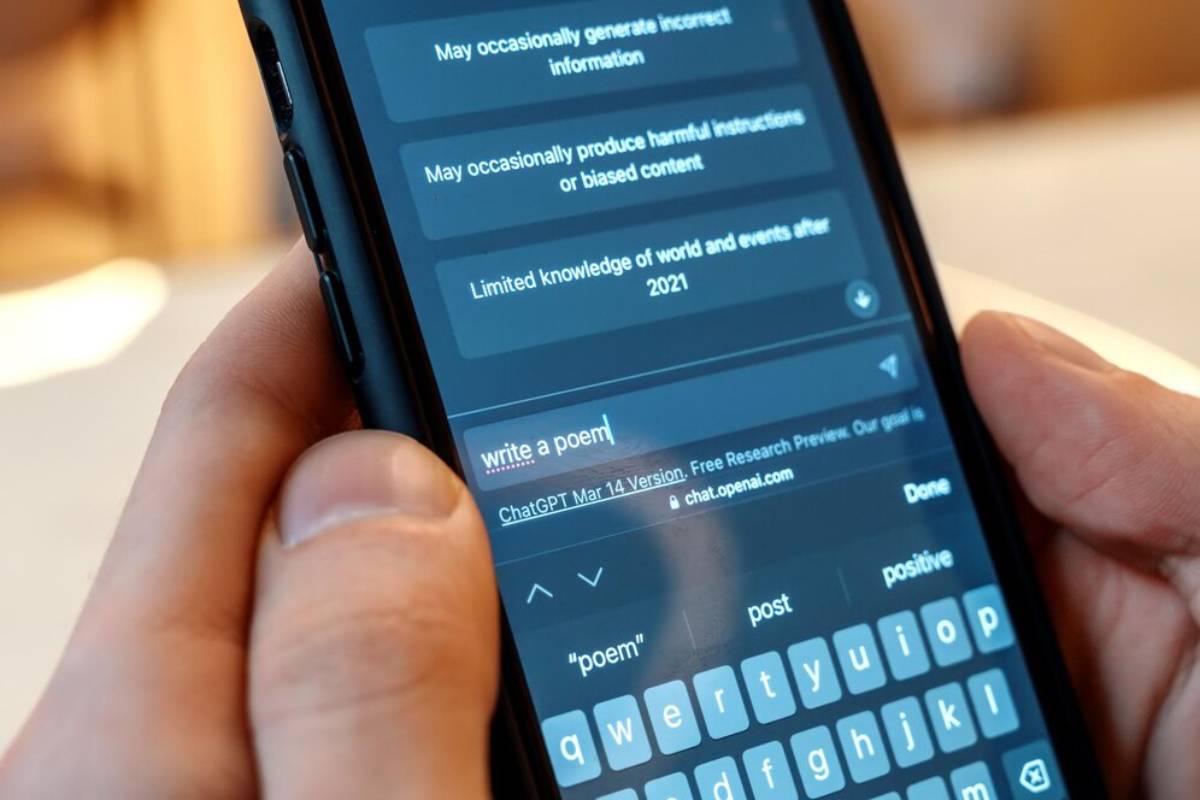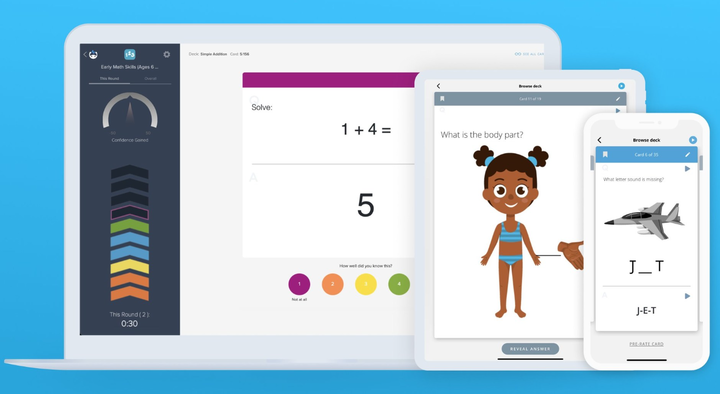
Using ChatGPT for Study Assistance & Course Planning
A New Era of Studying Smarter, Not Harder
Whether you’re a university student, a working professional, or someone returning to education later in life, study planning can often feel overwhelming. With so many online resources, deadlines, and new skills to learn, keeping things organised and making the most of your study time is a challenge. Enter ChatGPT.
This powerful AI tool is transforming how learners approach education. From helping you break down complex ideas to suggesting personalised study schedules, ChatGPT offers practical support that saves time, boosts understanding, and keeps you on track. In this blog, you’ll discover how to harness ChatGPT for study assistance and course planning, with tips, examples, and real-world use cases. We’ll also cover expert insights and potential pitfalls to avoid, making this your go-to guide for learning smarter with AI.
Why Use ChatGPT for Study and Course Planning?
When you’re juggling coursework, a part-time job, and maybe even family commitments, you need tools that are not just smart, but also practical. ChatGPT stands out for a few key reasons:
1. Instant Clarity on Difficult Topics
Instead of spending hours searching through different websites or textbooks, you can ask ChatGPT to explain complex concepts in simple language. Whether it’s quantum physics or accounting basics, ChatGPT can break it down based on your current understanding.
Example: A student struggling with supply and demand in economics asked ChatGPT for a beginner-friendly explanation. The AI replied with a clear metaphor comparing markets to busy fruit stalls, helping the student grasp the concept quickly.
2. Customised Study Schedules

Need a weekly revision plan? ChatGPT can help you map out study sessions based on your availability and deadlines.
Tip: Be specific. If you say, “I have 2 hours each weekday and an exam in 3 weeks,” ChatGPT can give you a realistic, balanced schedule.
3. Efficient Research Assistance
ChatGPT won’t write your essay, but it can help you structure your ideas, suggest relevant topics, and even offer a quick summary of complicated texts.
4. Revision & Quiz Creation
Want to test your knowledge? Ask ChatGPT to create multiple-choice questions, flashcards, or short quizzes based on your study material.
5. Organisation Made Easy
Whether it’s tracking assignments, creating to-do lists, or setting learning goals, ChatGPT can support your organisational needs.
How to Make the Most of ChatGPT: Practical Tips
Be Clear and Detailed
The more context you provide, the better the output. Instead of asking, “Explain biology,” try “Explain how photosynthesis works in simple terms for a GCSE student.”
Break It Down
If you’re working on a big assignment, ask ChatGPT to help you break it into smaller tasks. It can even set deadlines for each step.
Use It as a Study Partner

Treat ChatGPT like a tutor or classmate. Ask it to quiz you, check your understanding, or debate different viewpoints on a topic.
Keep a Learning Log
Use a document or app to track ChatGPT responses that are helpful. These can become part of your revision notes or study guide.
Real-Life Student Use Cases
- Emma, Psychology Undergraduate: Emma uses ChatGPT to outline her essays. She inputs her assignment prompt, and the AI suggests a structure and relevant subtopics to explore.
- Ahmed, GCSE Student: Ahmed asks ChatGPT to test him on science terms every morning before school. The AI provides different formats daily, keeping his revision engaging.
- Priya, Career-Changer in Tech: Priya balances work and study. She uses ChatGPT to create bite-sized learning plans around her full-time job, ensuring steady progress.
Common Mistakes to Avoid
- Relying Too Heavily: ChatGPT is a great tool, but it’s not infallible. Always fact-check important information with reputable sources.
- Vague Requests: Generic prompts lead to generic answers. Be specific to get the best help.
- Ignoring Feedback: If you use ChatGPT to review your writing, pay attention to the feedback it gives and learn from it.
Expert Insights on AI in Education
According to a 2024 report from HolonIQ, over 70% of students using AI study tools felt more confident in their academic progress. Experts note that AI can dramatically improve learner engagement, but only when used as a supplement to traditional methods, not a replacement.
Educational psychologist Dr Lisa Green says: “Tools like ChatGPT empower students to ask questions they might hesitate to ask in a classroom. It fosters a sense of curiosity and self-direction.”
Beyond School: Lifelong Learning with ChatGPT
ChatGPT isn’t just for students. Professionals learning new skills, hobbyists diving into fresh interests, or parents helping children with homework all benefit from this accessible assistant.
From suggesting top-rated MOOCs platforms to guiding your first steps in coding or digital art, ChatGPT becomes your on-demand learning buddy.
Conclusion: Empower Your Learning Journey with AI
The way we learn is changing, and tools like ChatGPT are at the forefront of this shift. No matter if you’re in school, at university, or studying on your own, ChatGPT provides personalised help. This boosts your understanding, saves you time, and keeps you motivated.
By using it wisely—with curiosity, clarity, and a pinch of scepticism—you can turn your study goals into achievements.
Ready to take your learning to the next level? Try ChatGPT today as your study companion. Have a favourite way to use it? Share your tips in the comments or spread the word to help others learn smarter.


